What’s become of Otl Aicher’s former abode? A visit to the Allgäu.
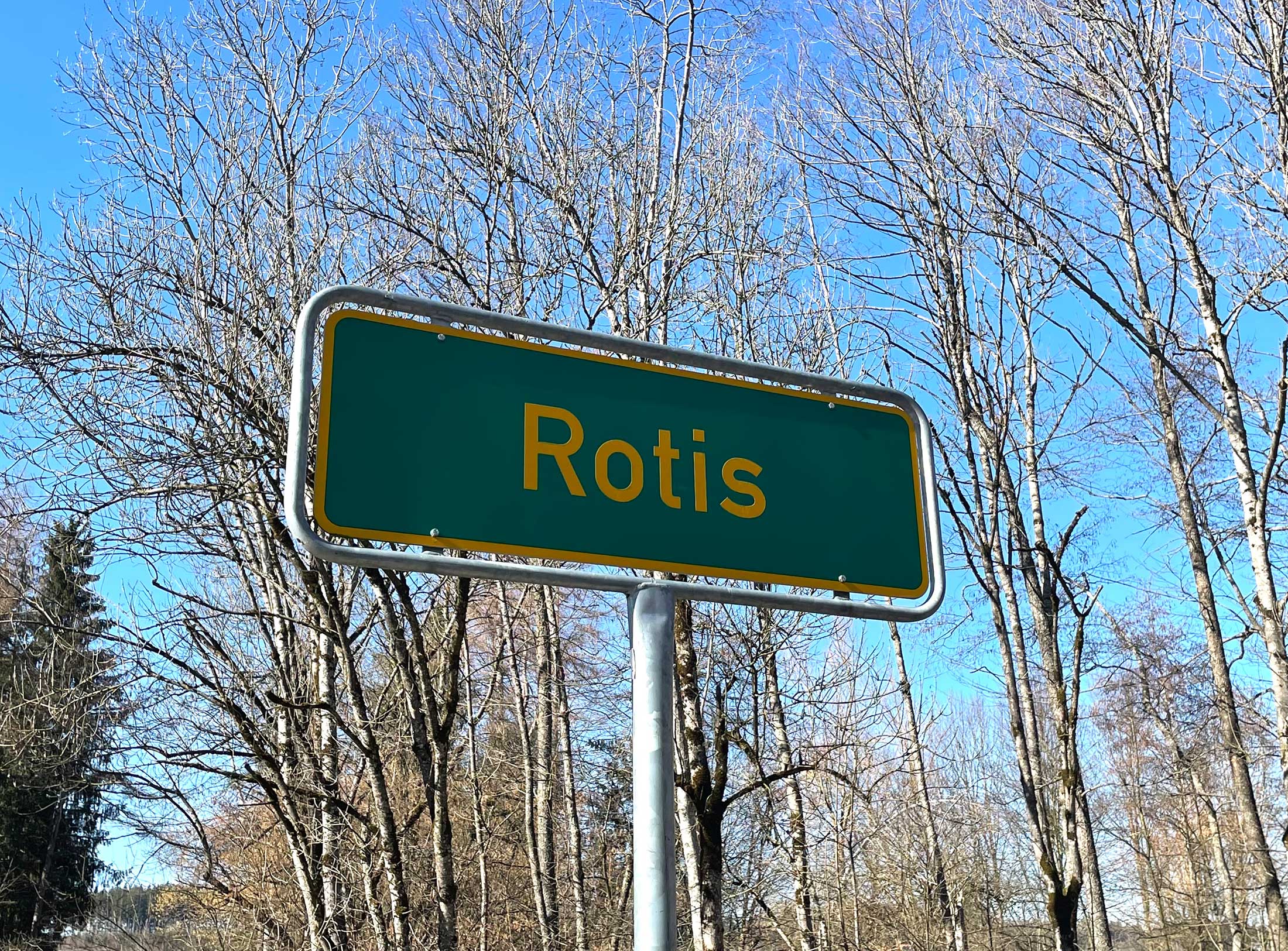

What’s become of Otl Aicher’s former abode? A visit to the Allgäu.
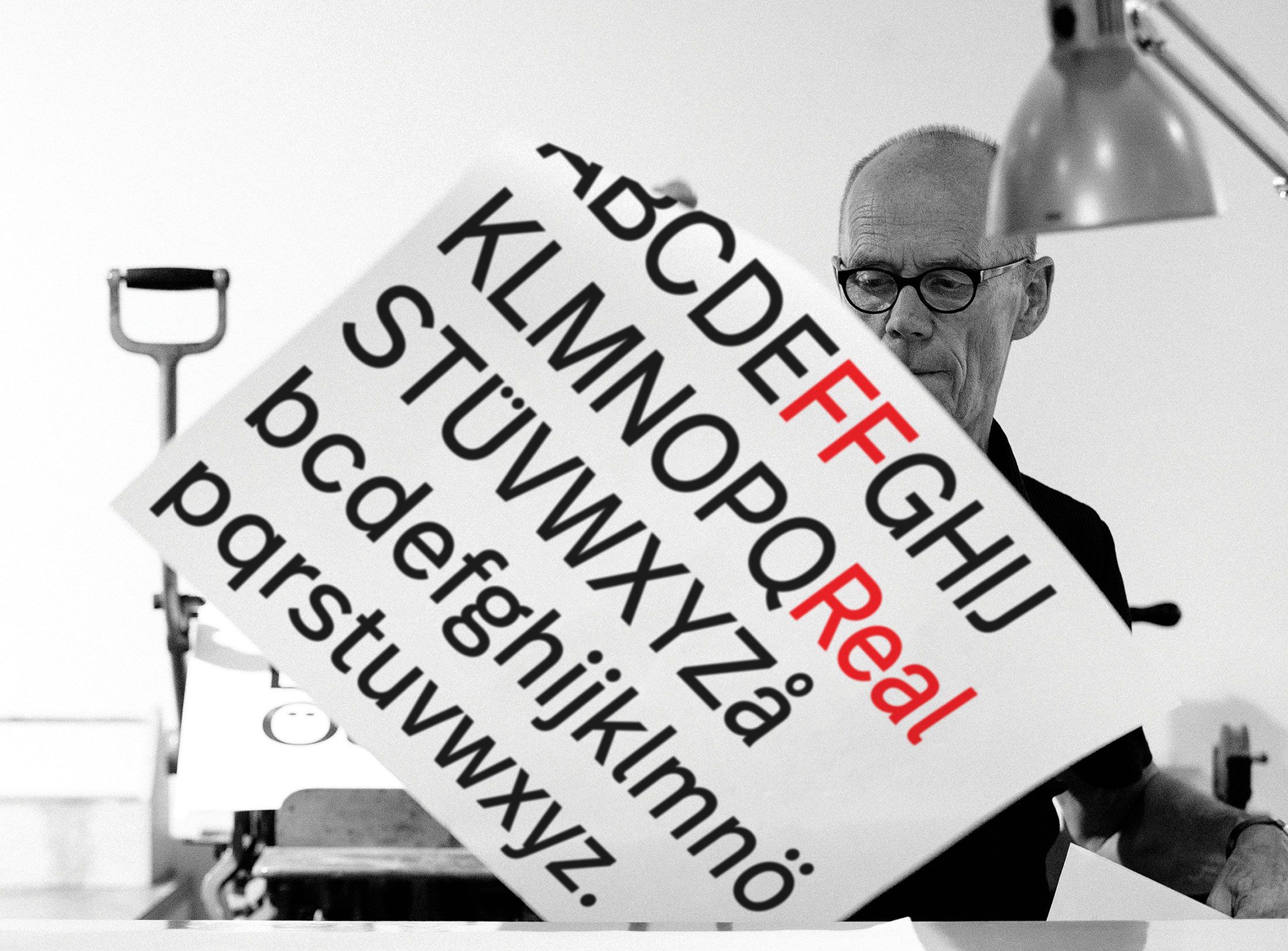
Interviewed: Erik Spiekermann, type designer, author and Aicher critic.
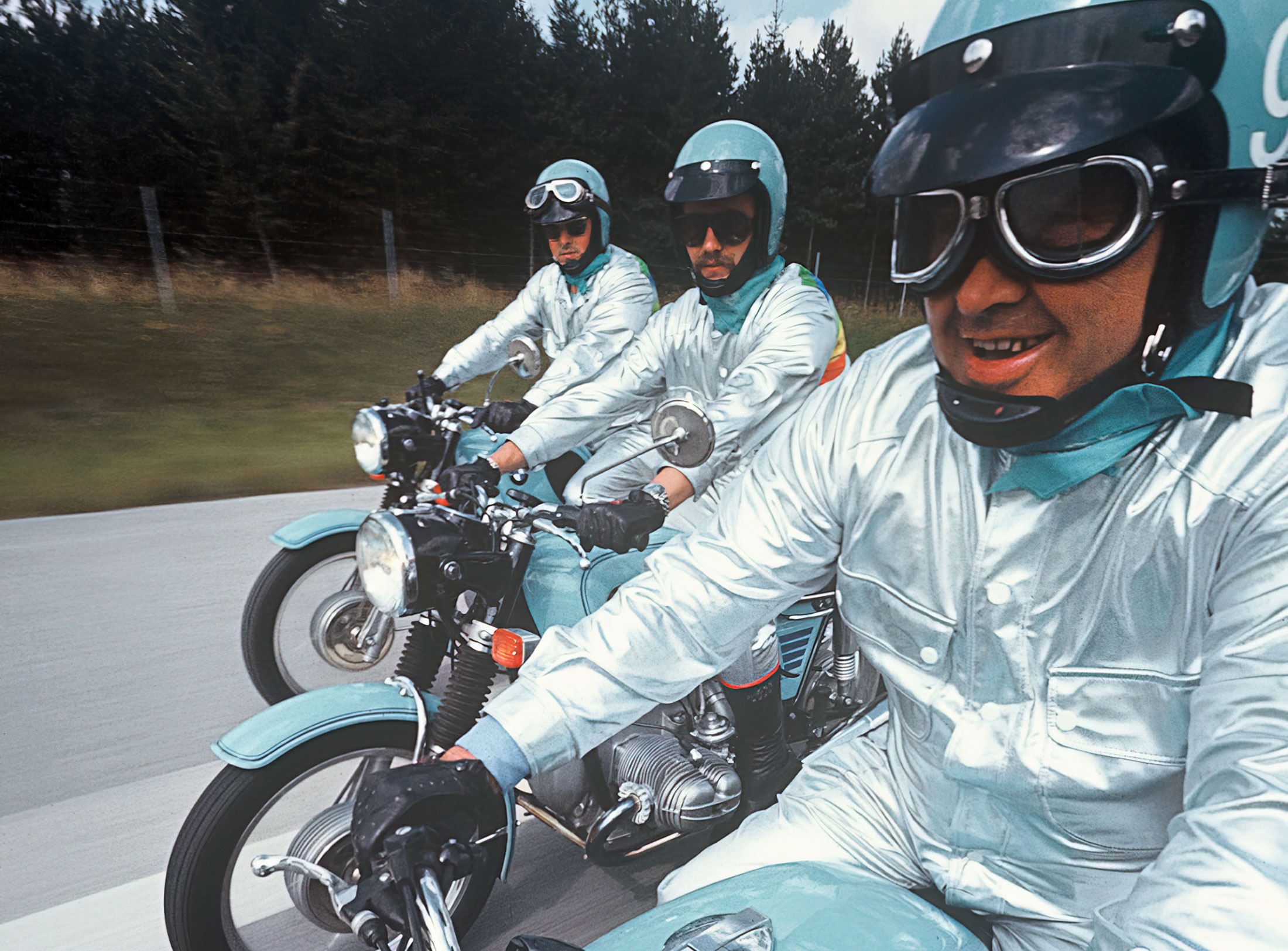
Technology: a central notion and fixed point of perspective in the work of Otl Aicher.
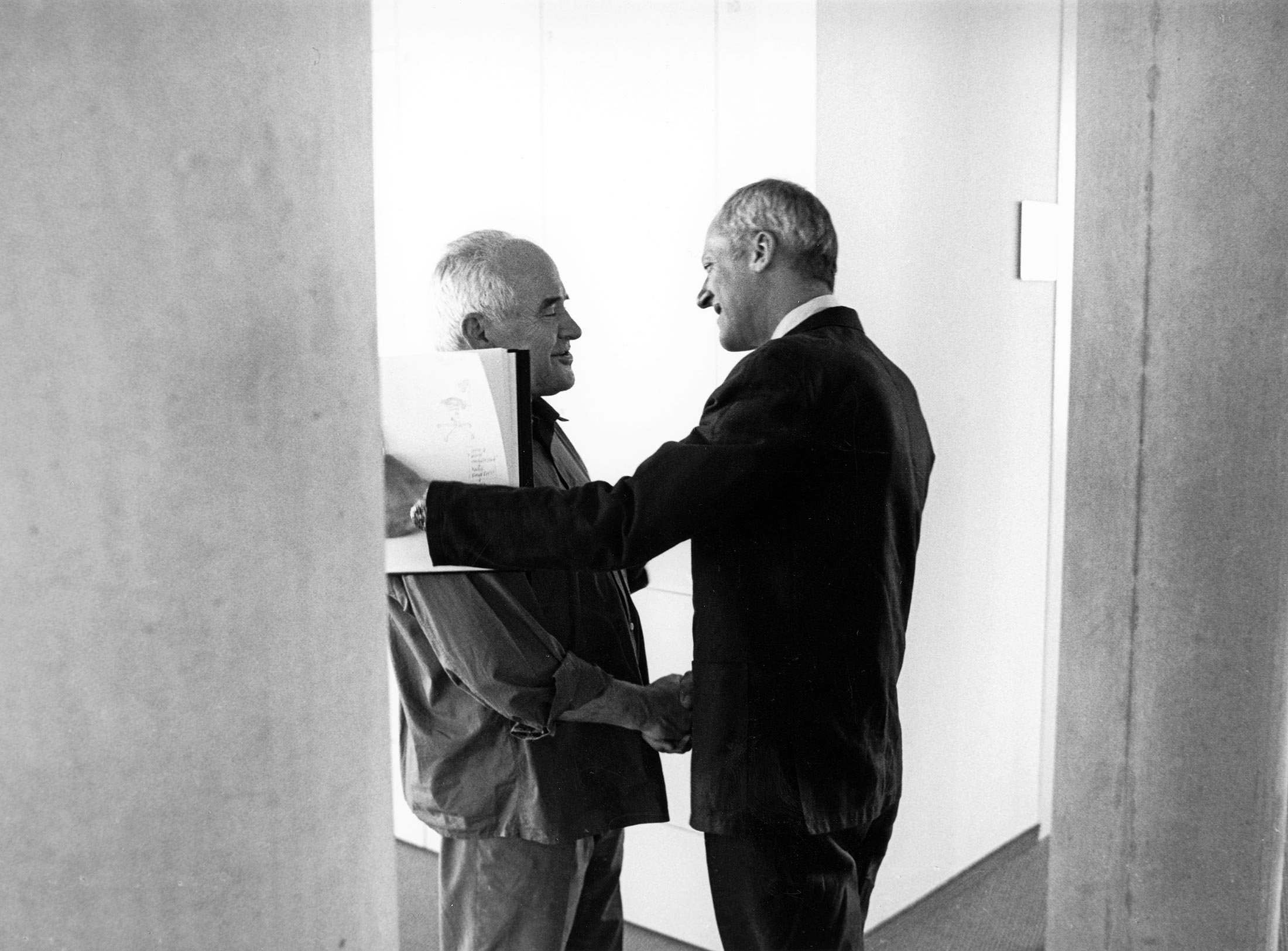
The British architect Norman Foster on his friendship with Otl Aicher: He had absolute integrity.
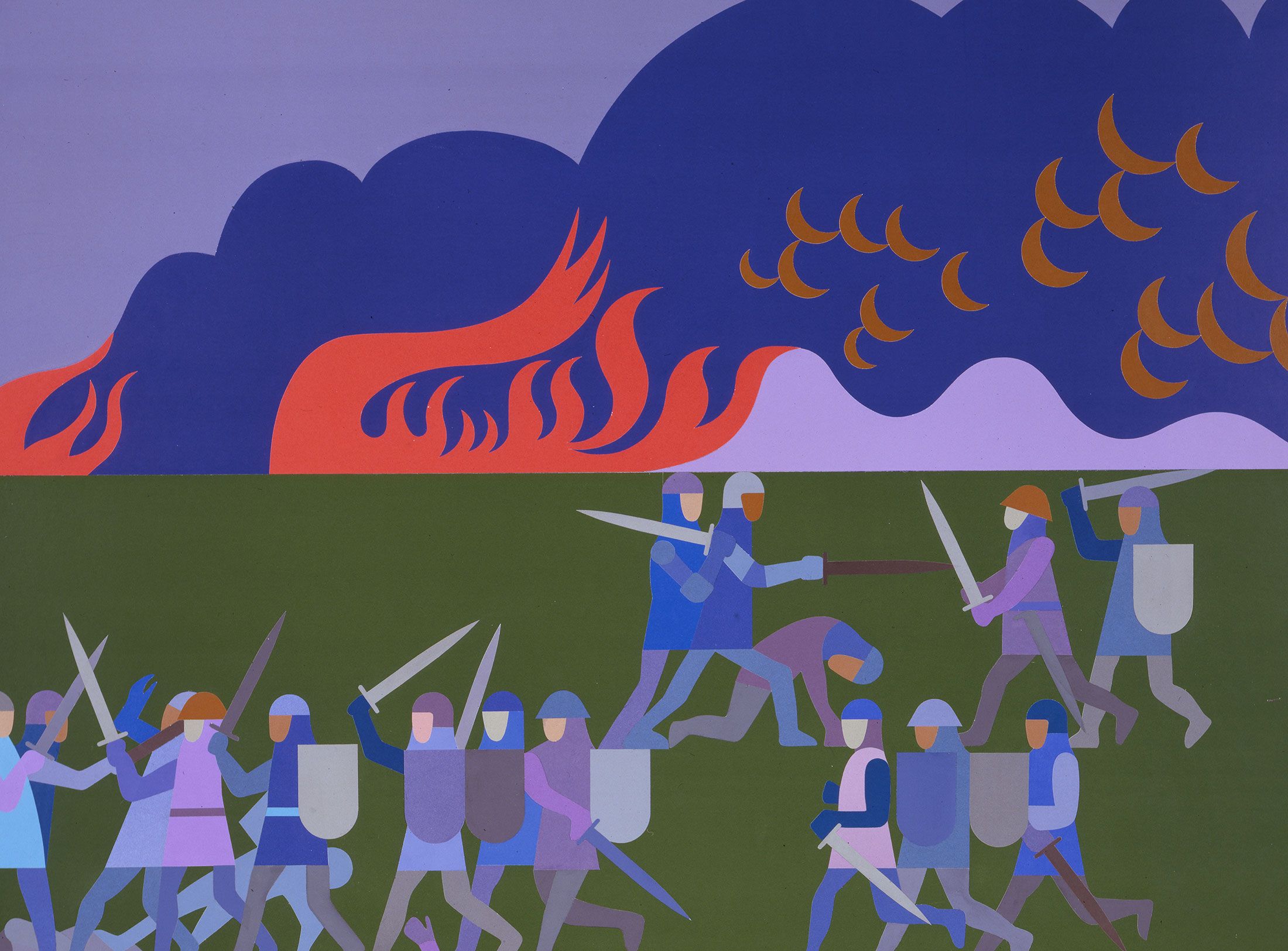
Thoughts on the colour palettes of Otl Aicher.
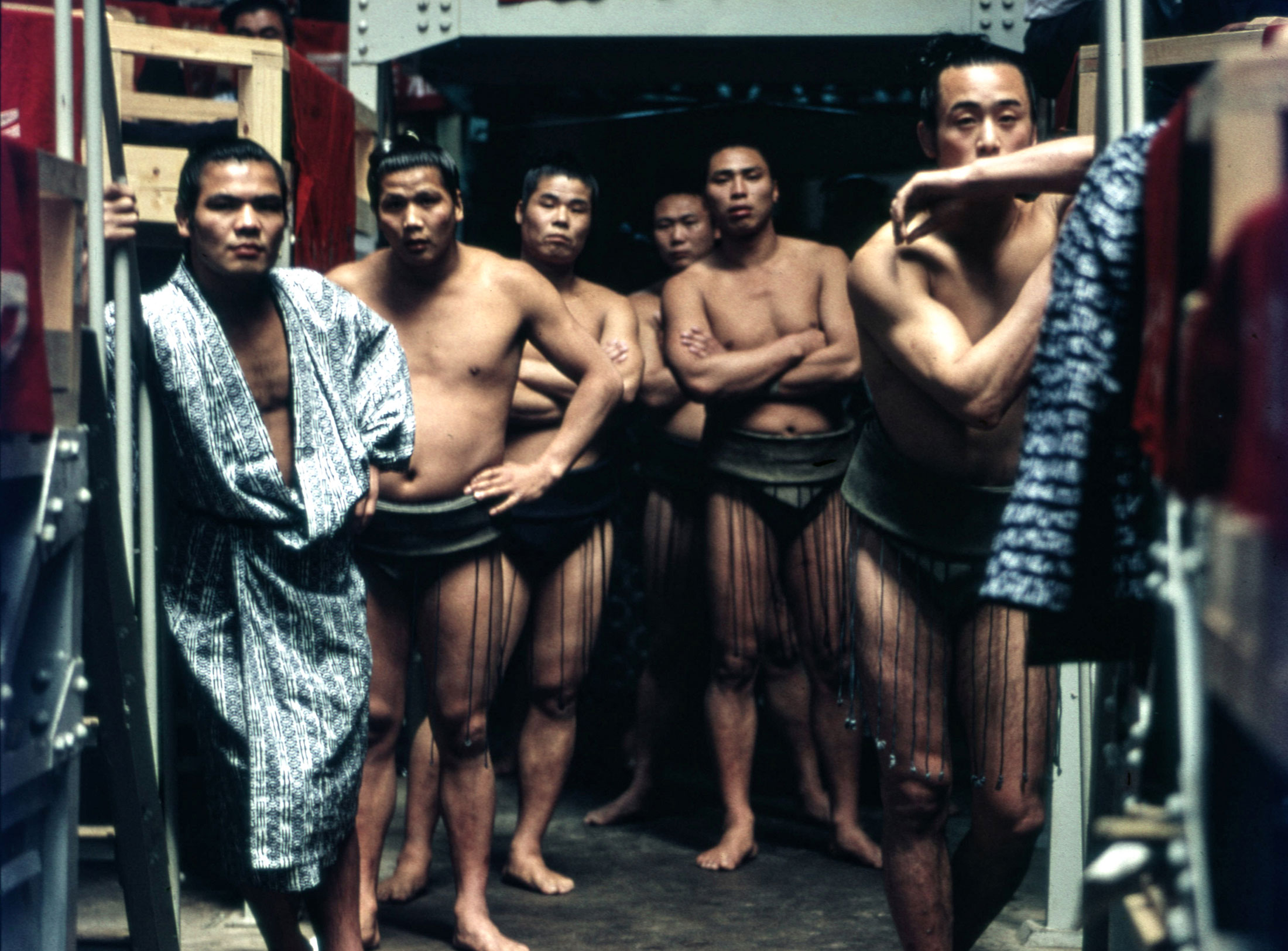
Absolute sharpness, reduction and strict rules determine the character of his pictures: Otl Aicher as photographer.

Under Otl Aicher’s direction, designers, architects and landscape planners shaped the face of the Olympic Games 1972.
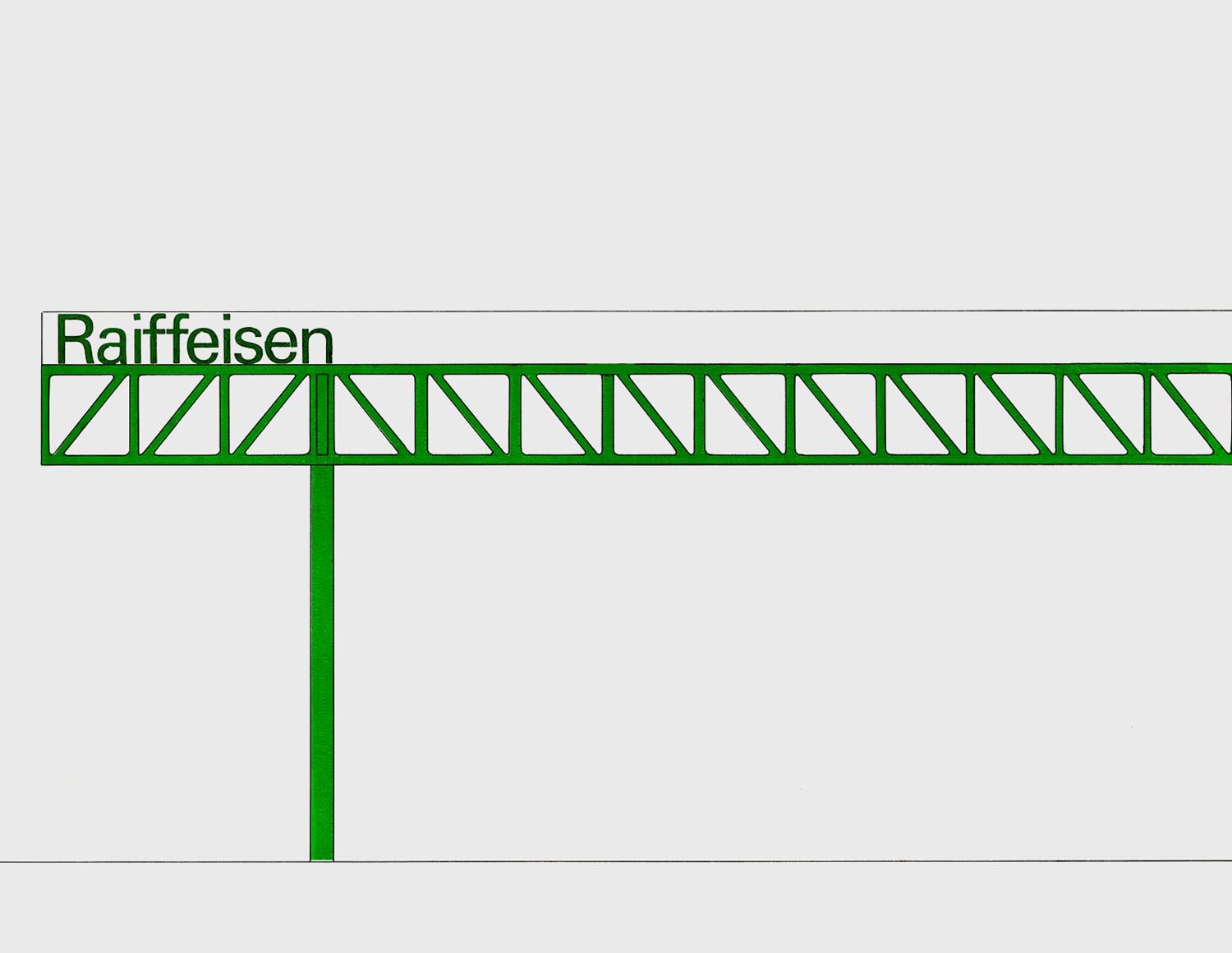
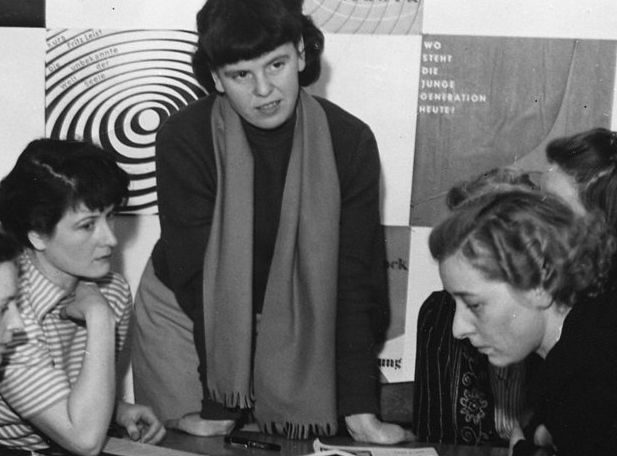
Inge Aicher-Scholl preserved the legacy of the White Rose.
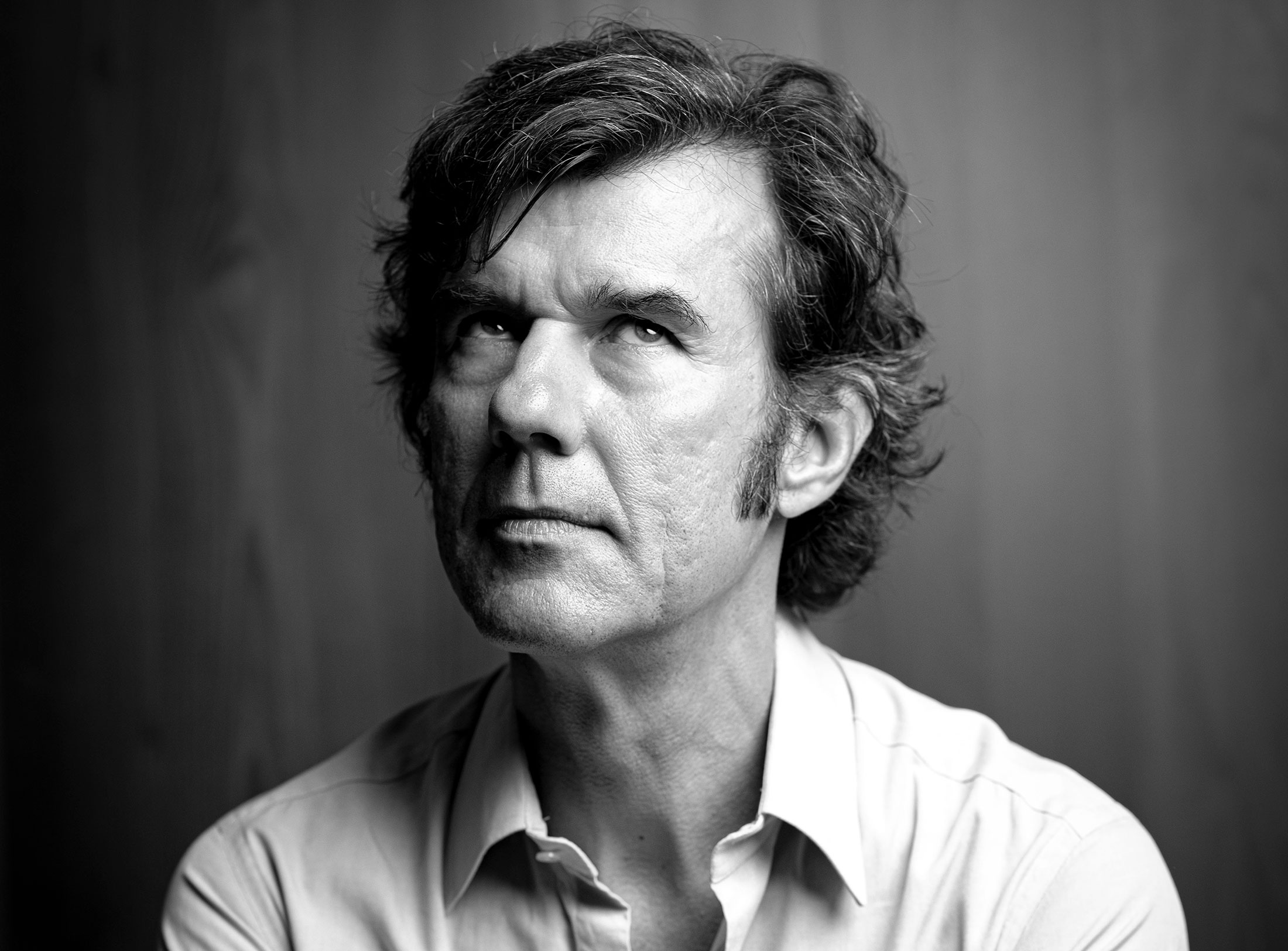
An interview with design icon Stefan Sagmeister about typefaces, beauty and the legacy of Otl Aicher.
The International Design Center Berlin (IDZ) invites you to a slide show and panel talk at Architektur Galerie Berlin on 20 October. Karsten de Riese and Prof. Michael Klar will report on a photo reportage commissioned by BMW that took them to Tunisia in 1975 together...
On the occasion of the 50th anniversary of the 1972 Olympic Games, the IDZ invites you to a discussion on the vision of the Munich Games and the status quo as well as the future of the Olympic movement on 26 August. The event at Berlin’s Akademie der Künste on Pariser...
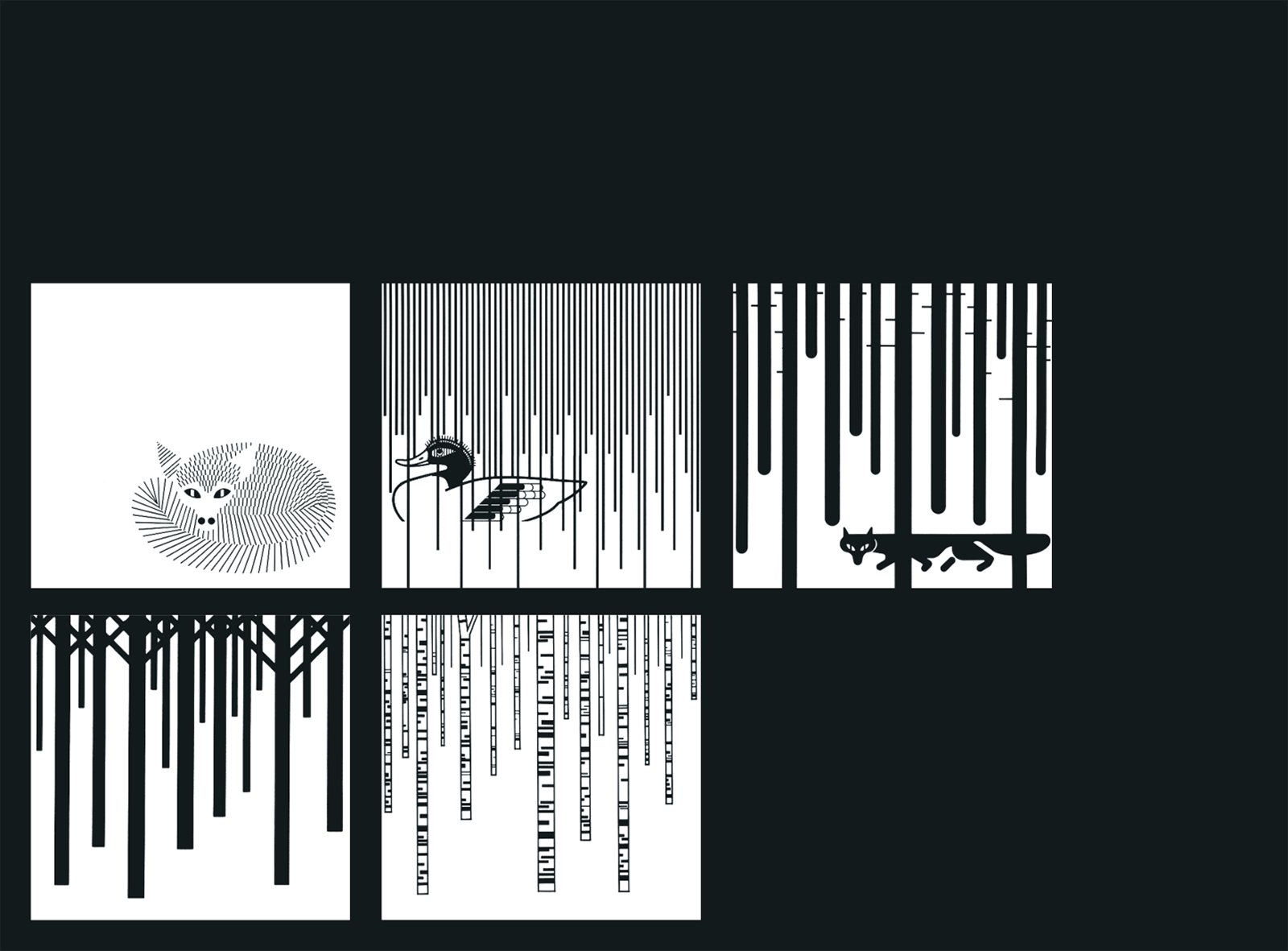
Isny im Allgäu owes Otl Aicher a corporate design that is concise, bold and singular.
With a retrospective of Otl Aicher’s book “kritik am auto – schwierige verteidigung des autos gegen seine anbeter” (Criticism of the Car – Difficult Defence of the Car against its Worshippers) published in 1984, the IDZ continues its series of events on the “otl...
Today marks the centenary of Otl Aicher’s birth. The International Design Center Berlin (IDZ) is taking this date as an opportunity to pay tribute to this great designer. With otlaicher100.de, a new online platform is being launched – a curated space that provides...
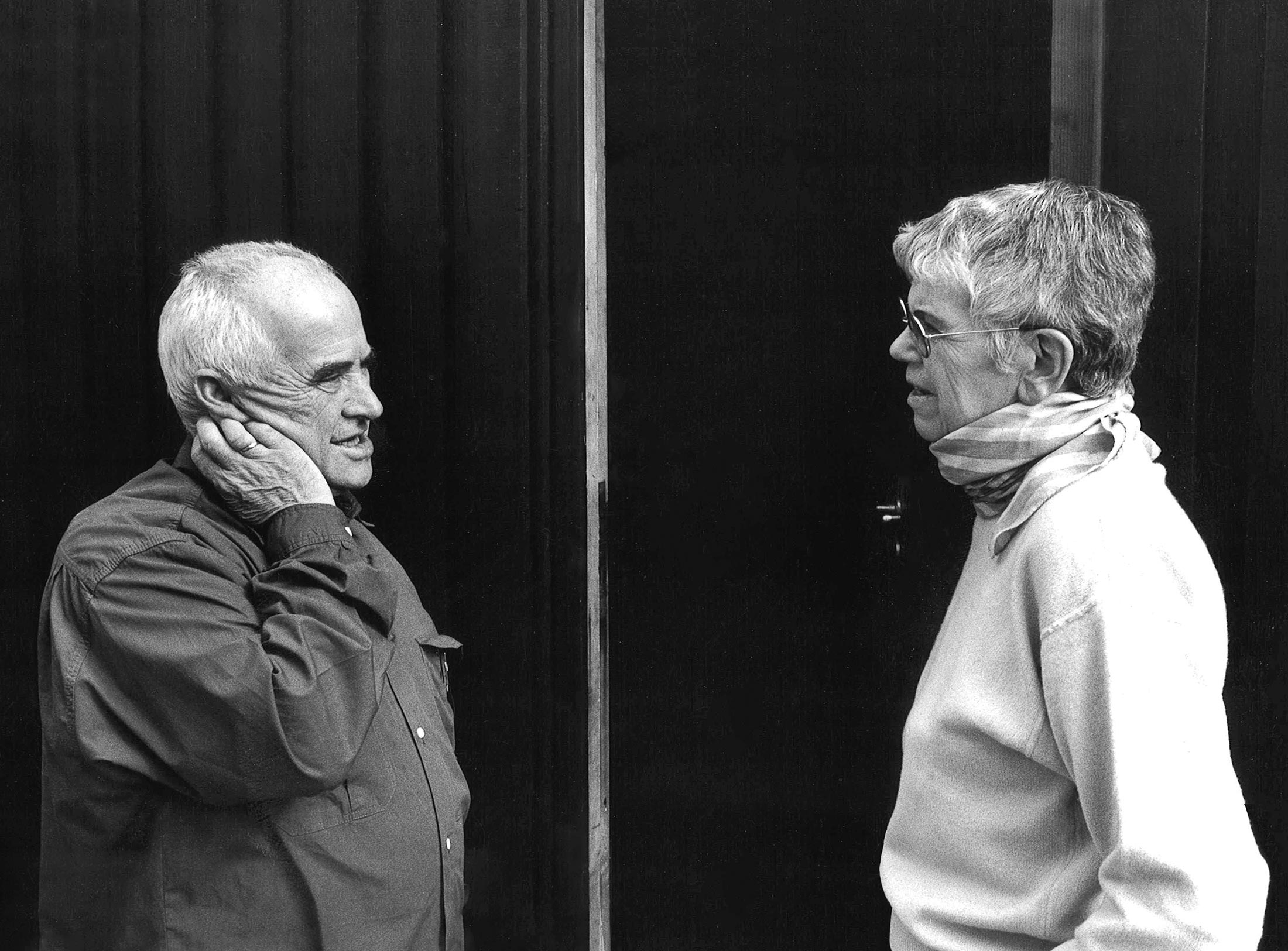
Reflections on Inge Aicher-Scholl and Otl Aicher.
The International Design Center Berlin (IDZ) is taking Otl Aicher’s centenary as an opportunity to pay tribute to this great designer and to make his work visible. An online platform and a series of events will address Otl Aicher’s multifaceted cosmos of topics and...
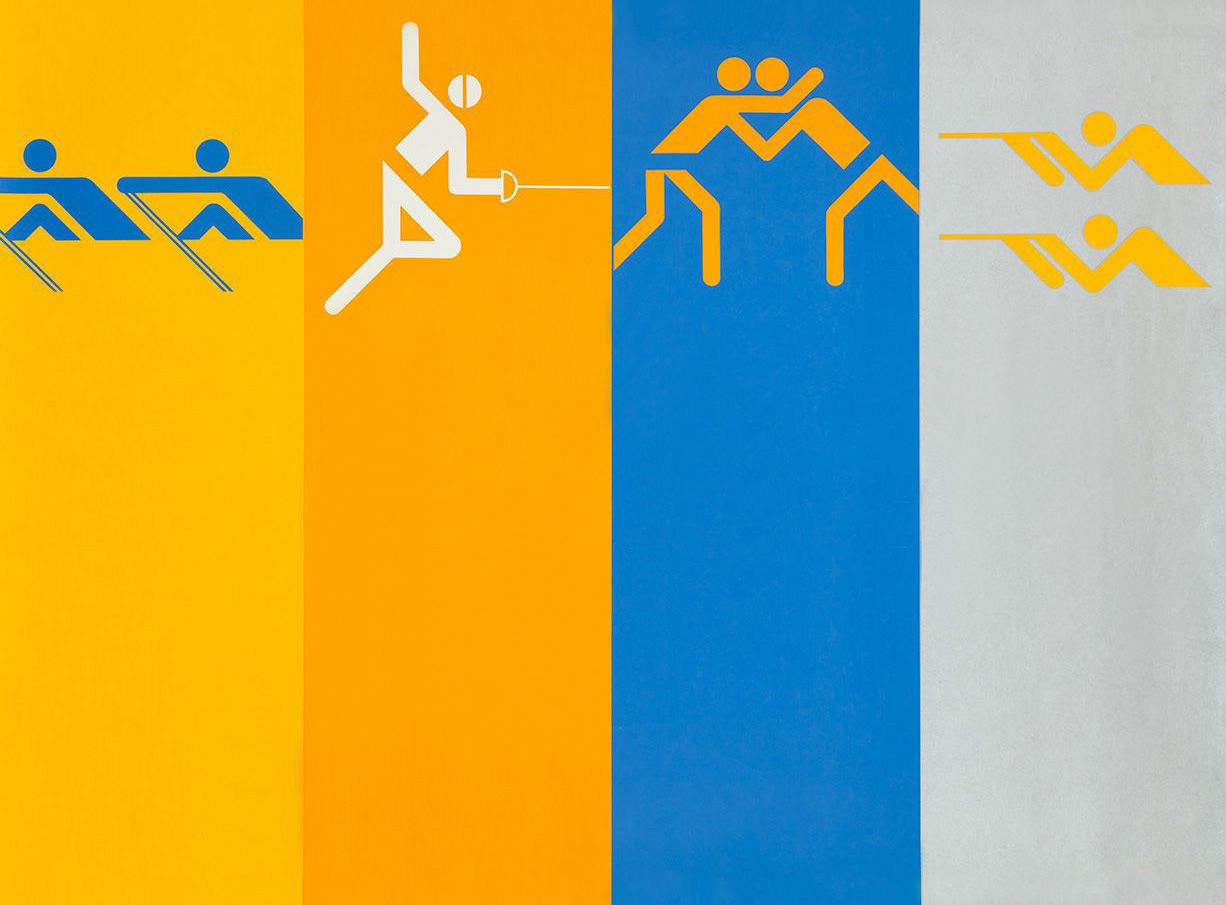
Eine Stadt leuchtet: Mit seinem farbenfrohen Erscheinungsbild der XX. Olympischen Sommerspiele 1972 setzte Otl Aicher ein Signal. Die junge Bundesrepublik war in der Moderne angekommen.
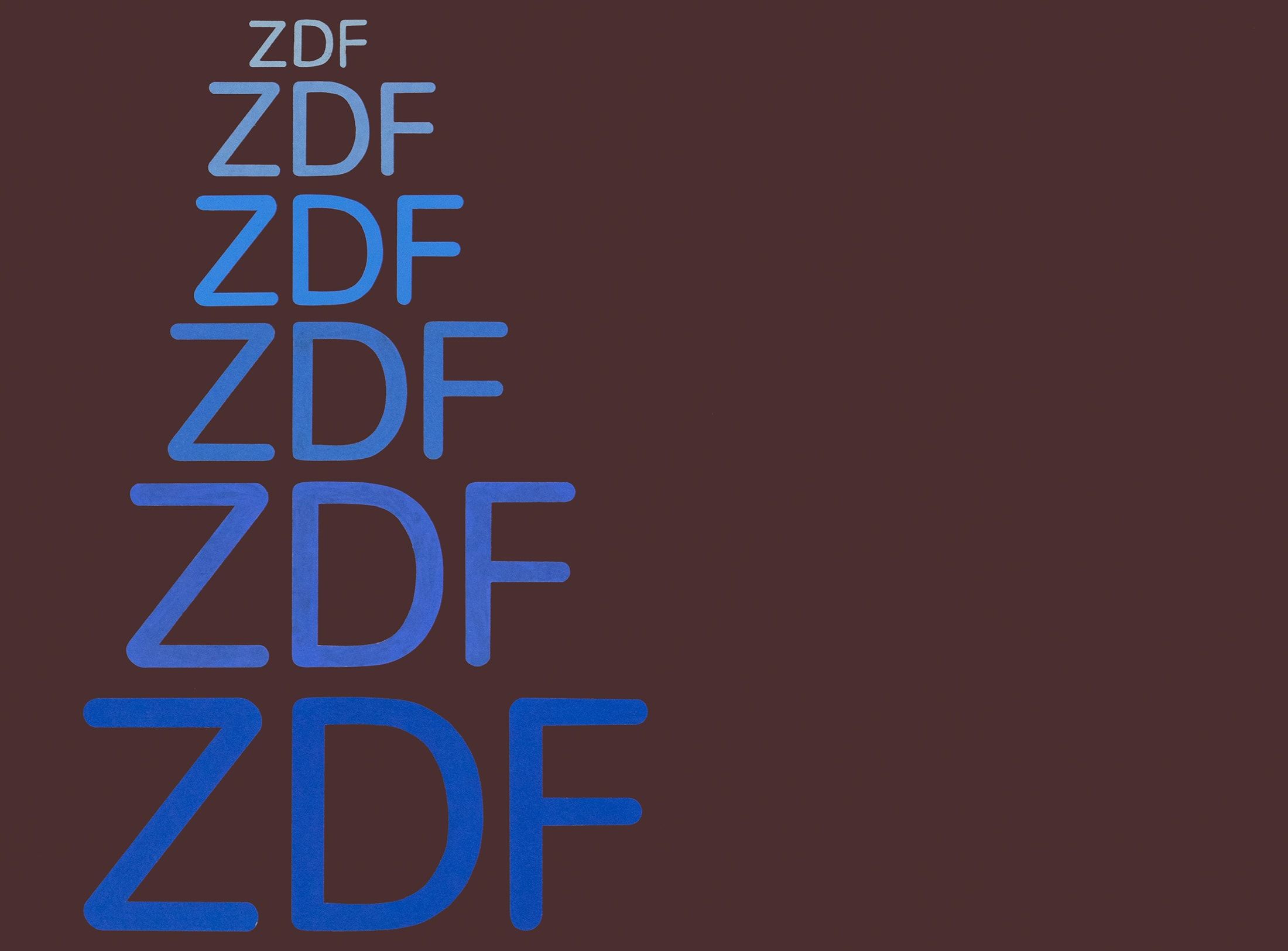
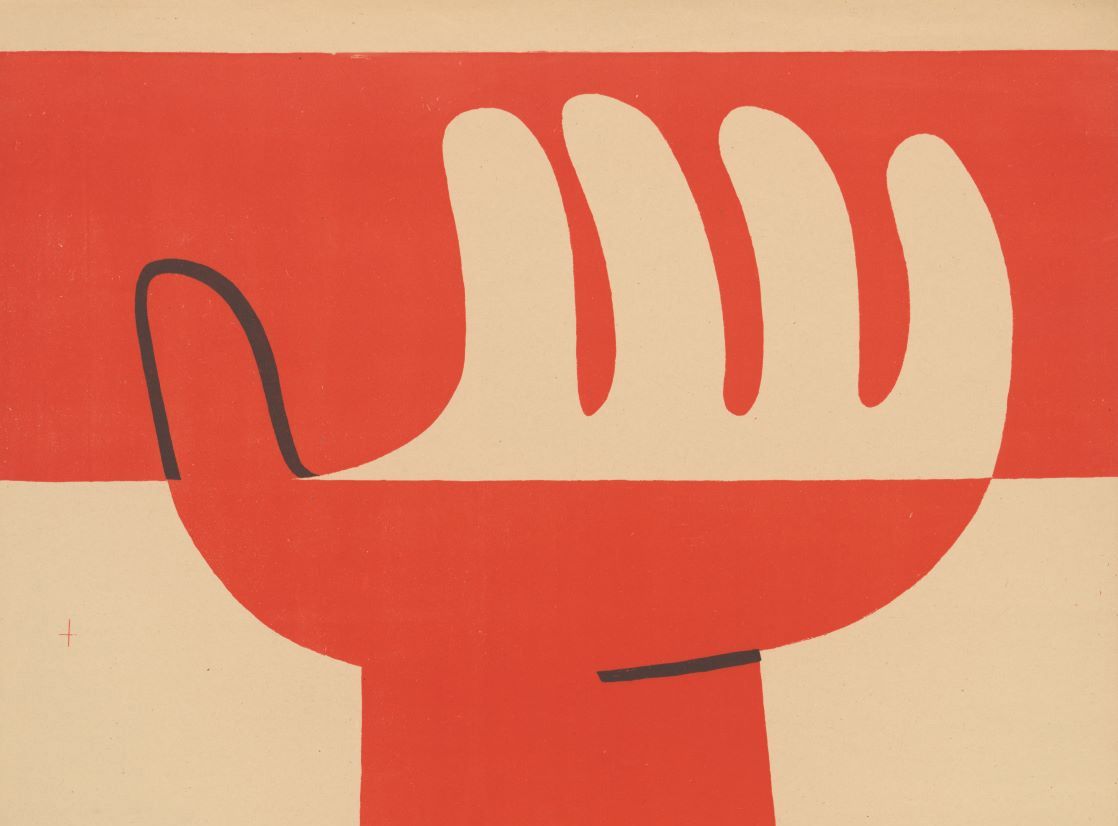
Otl Aicher’s Poster displays for the Ulmer Volkshochschule (Ulm Adult Education Centre).
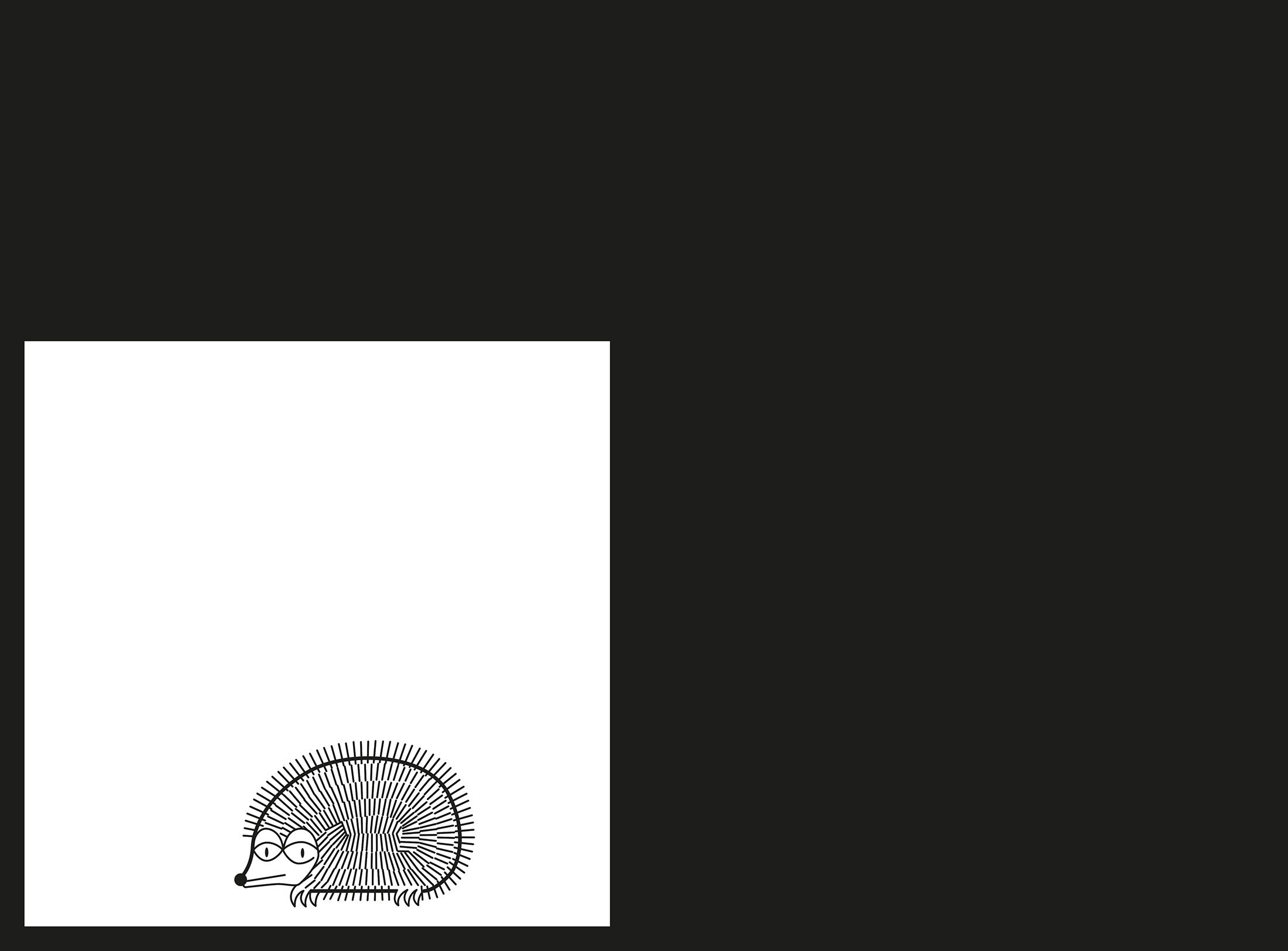
From O to R: Let’s talk about a hedgehog, standardisation and neurotis for a change (please click on the letters).
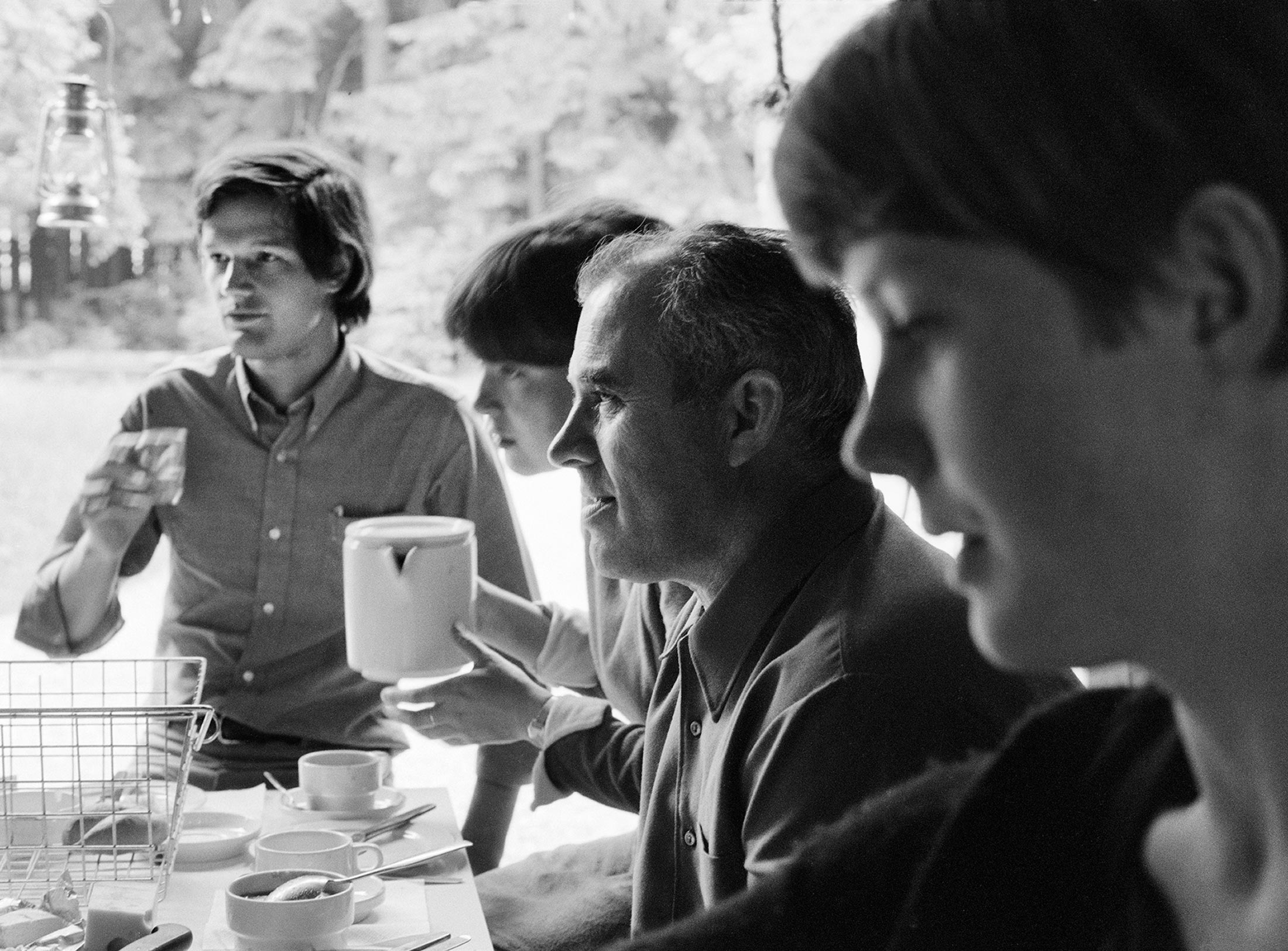
Otl Aicher’s Dept. XI team: the visual identity of the Munich ’72 Olympics was the work of graphic designers, illustrators and technical staff from all over the world.
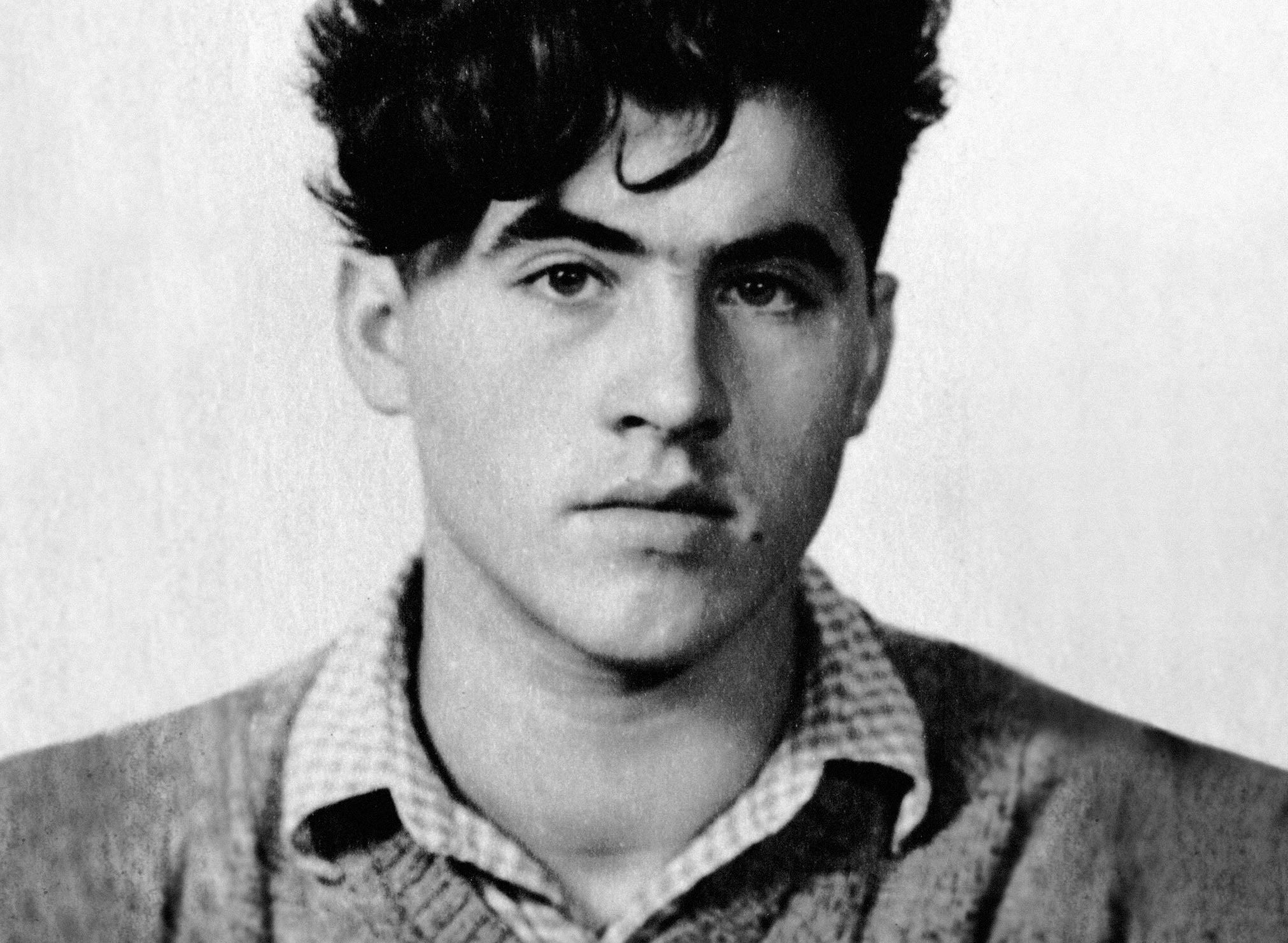
Aicher’s childhood and youth: the years 1922 to 1945.
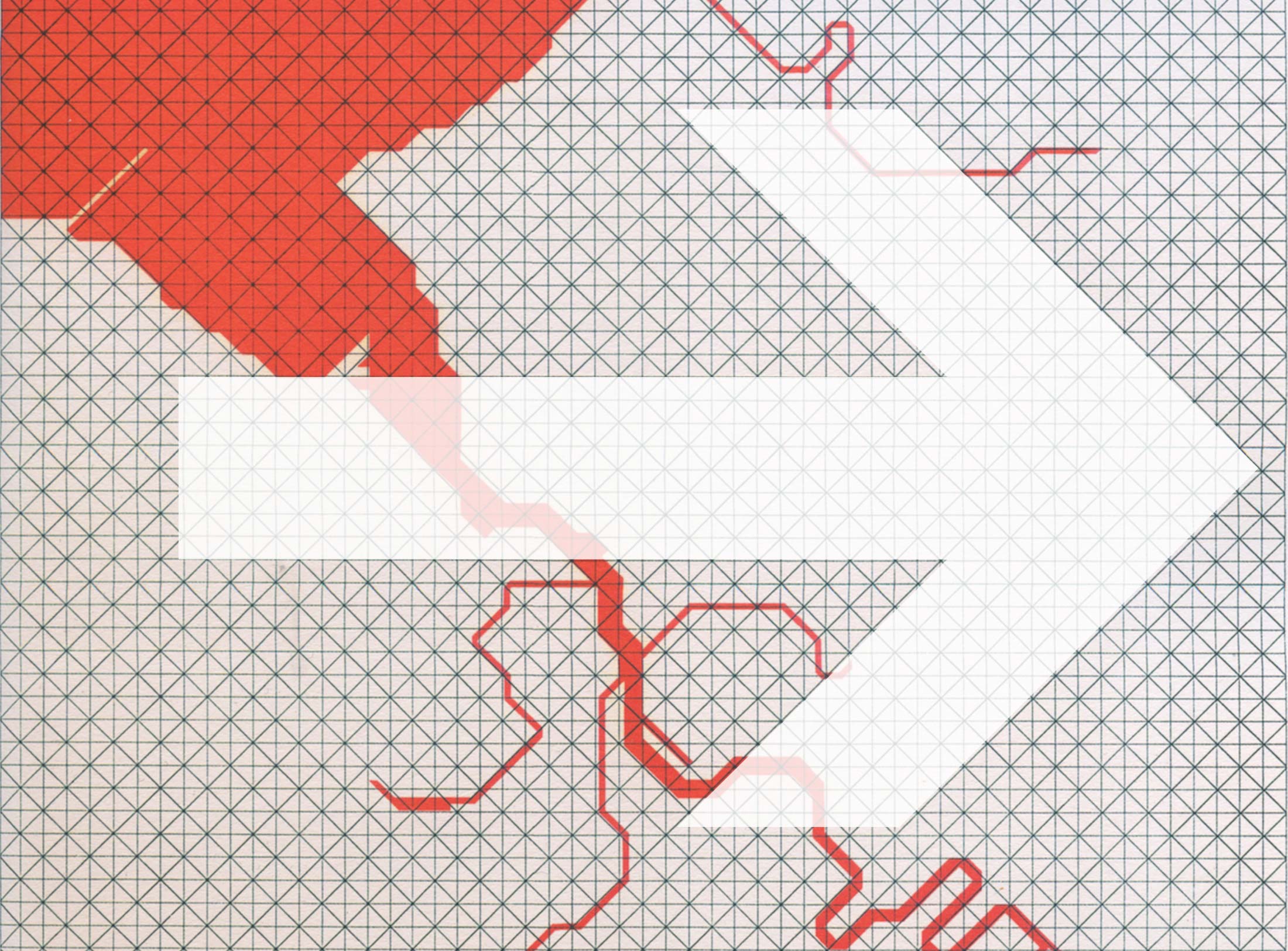
Otl Aicher’s signage systems for airports, metro stations and hospitals are considered exemplary to this day.
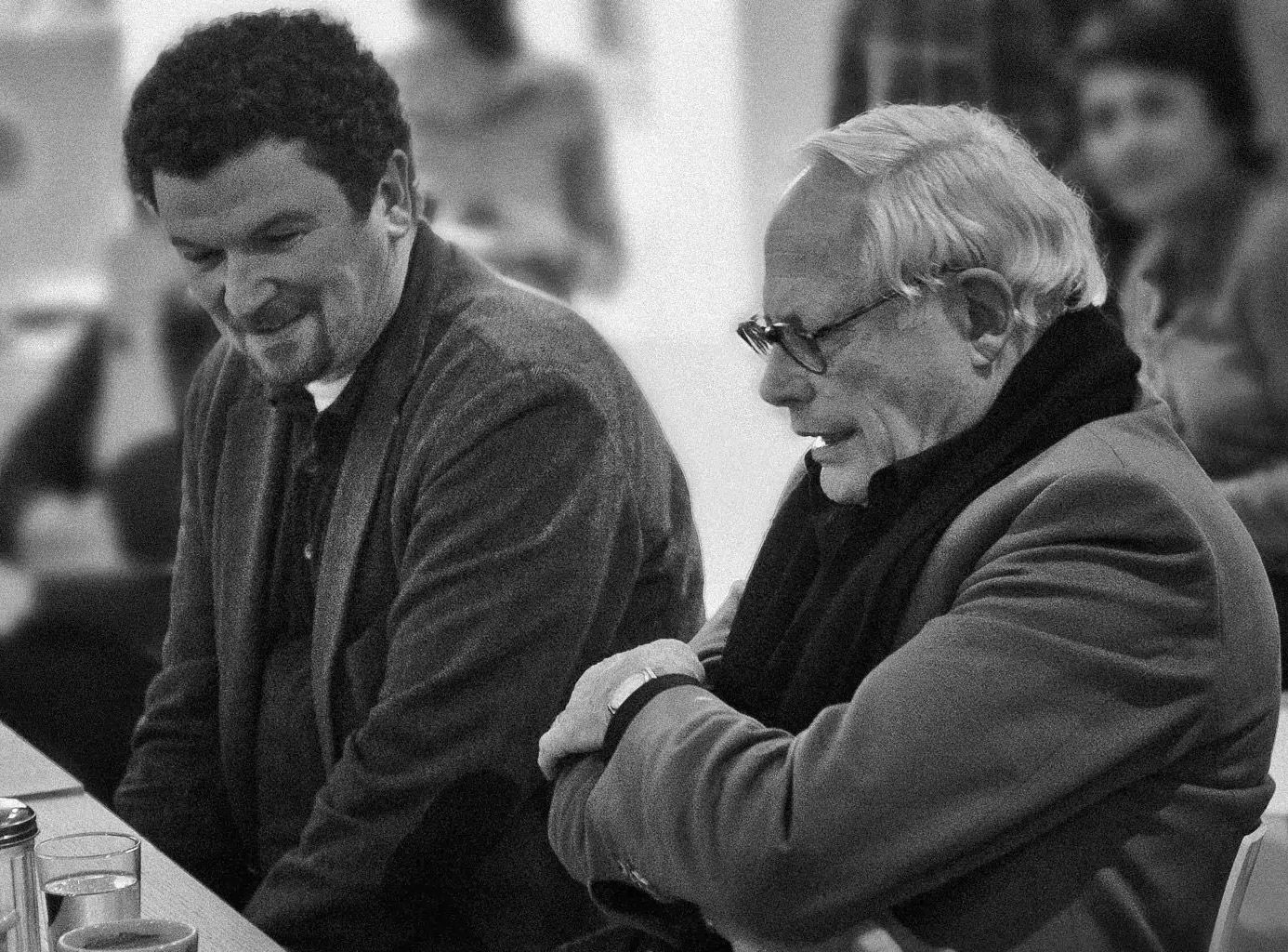
Der einstige Braun-Chef-Designer im Gespräch über den Co-Gründer der HfG.
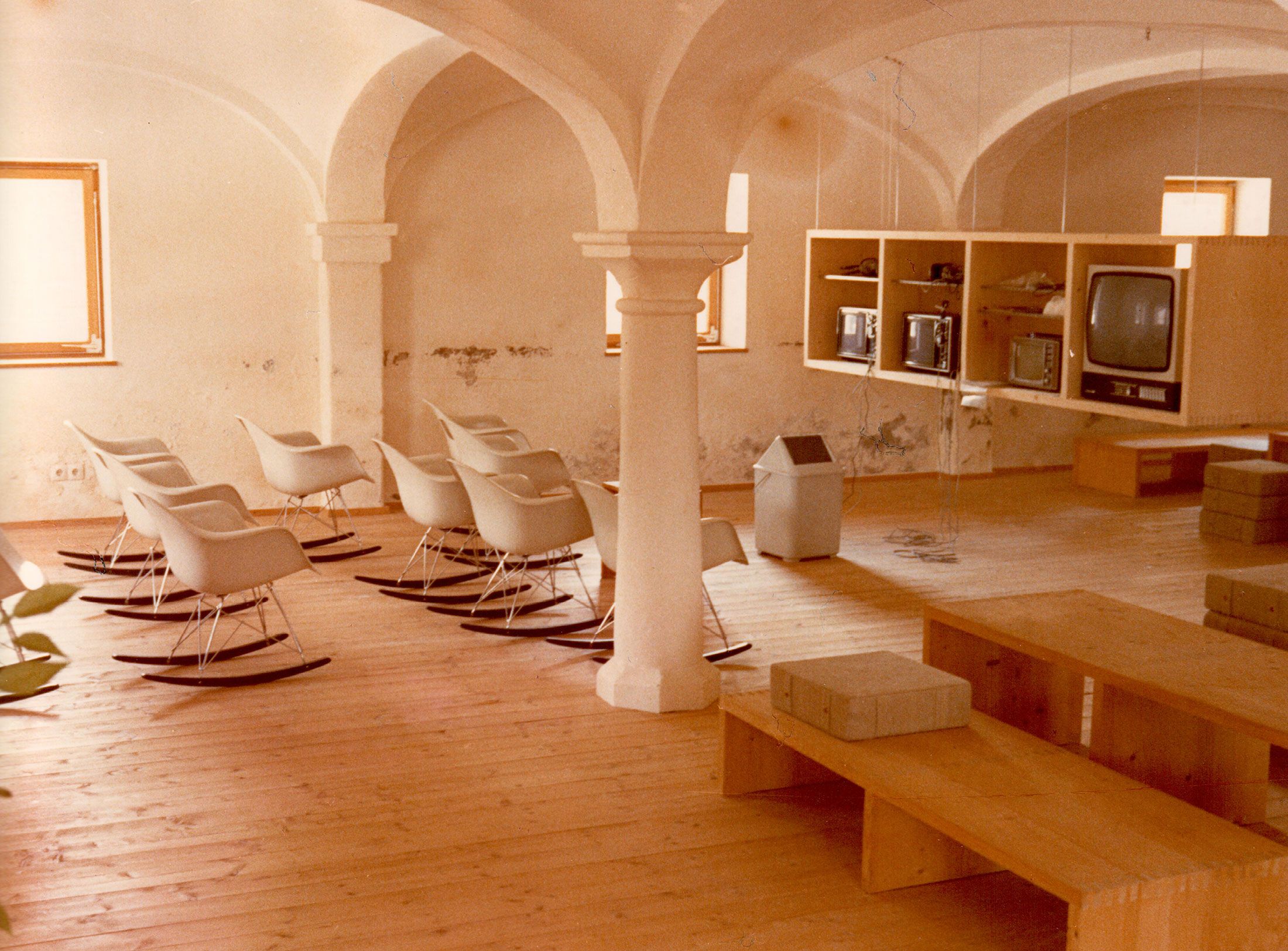
A Broadcast: What is his place in today’s world?
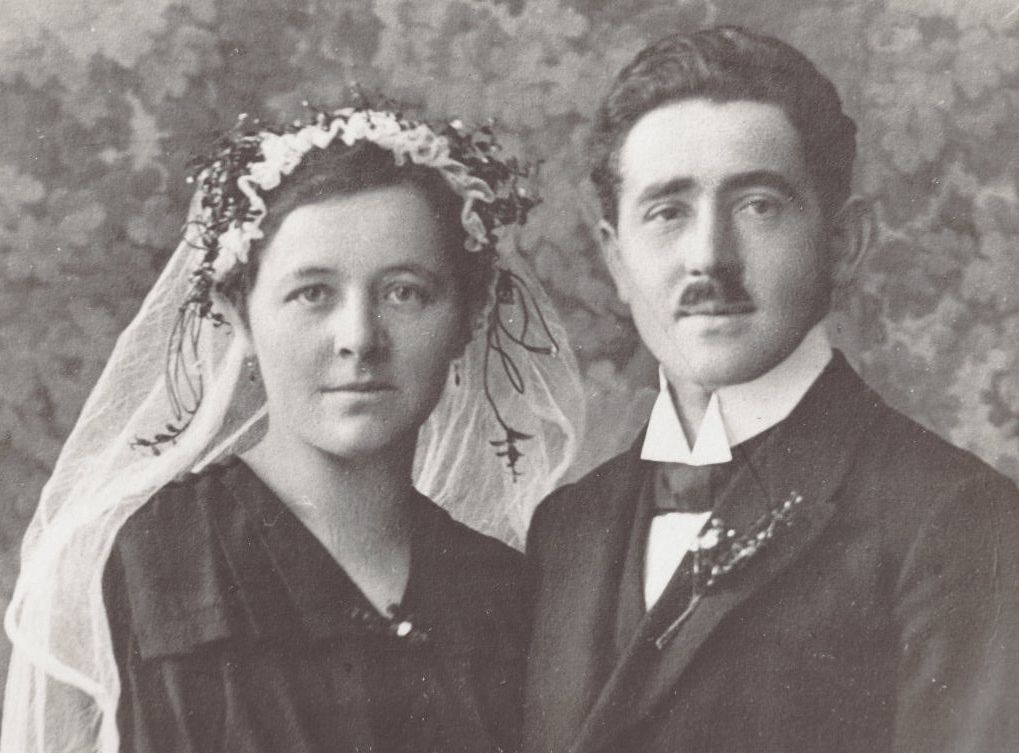
The Aichers: a brief family history.
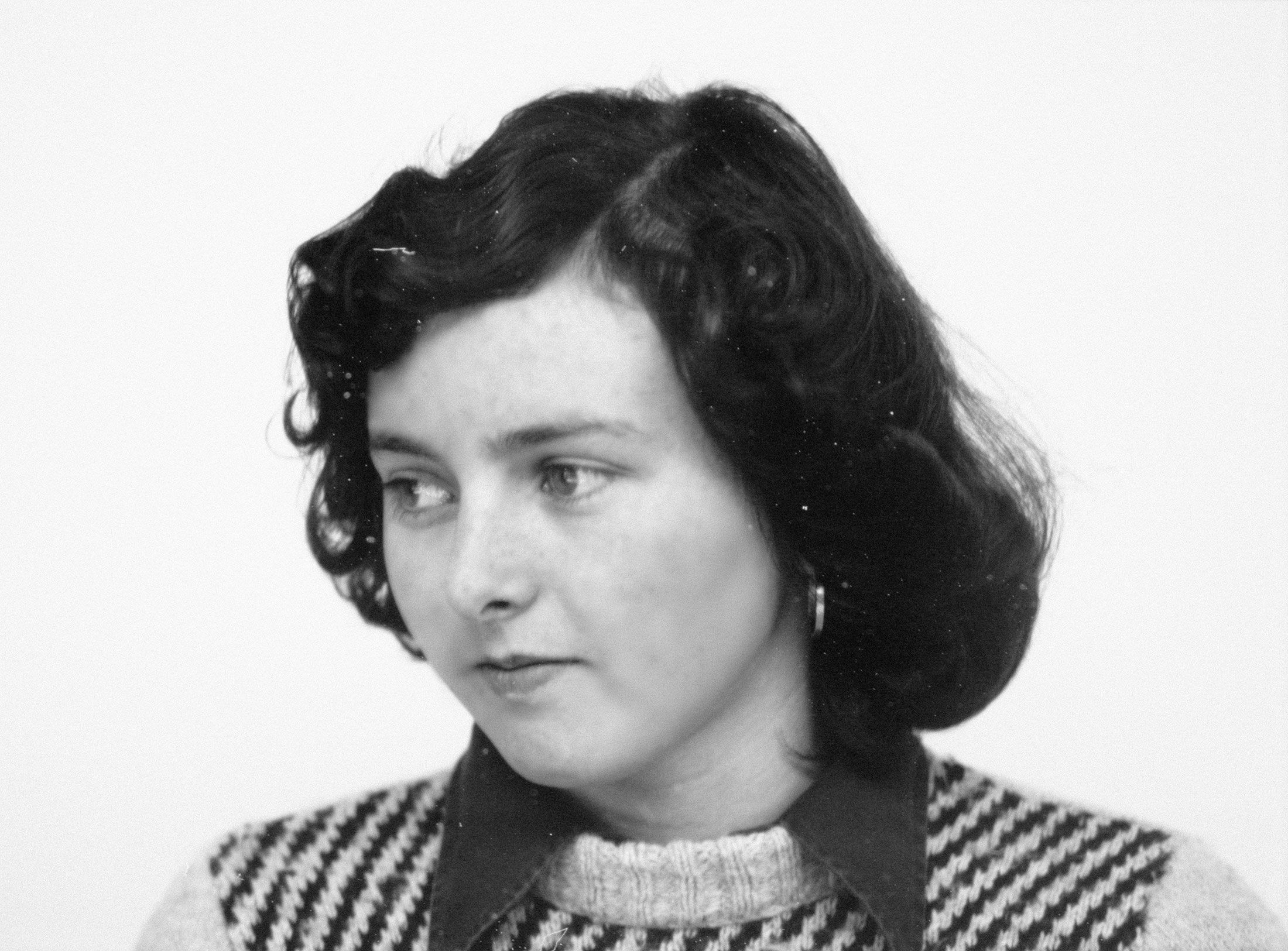
Drawing in Rotis: former Aicher co-worker Reinfriede Bettrich talks about hand sketches, the first computers and everyday life at the office.
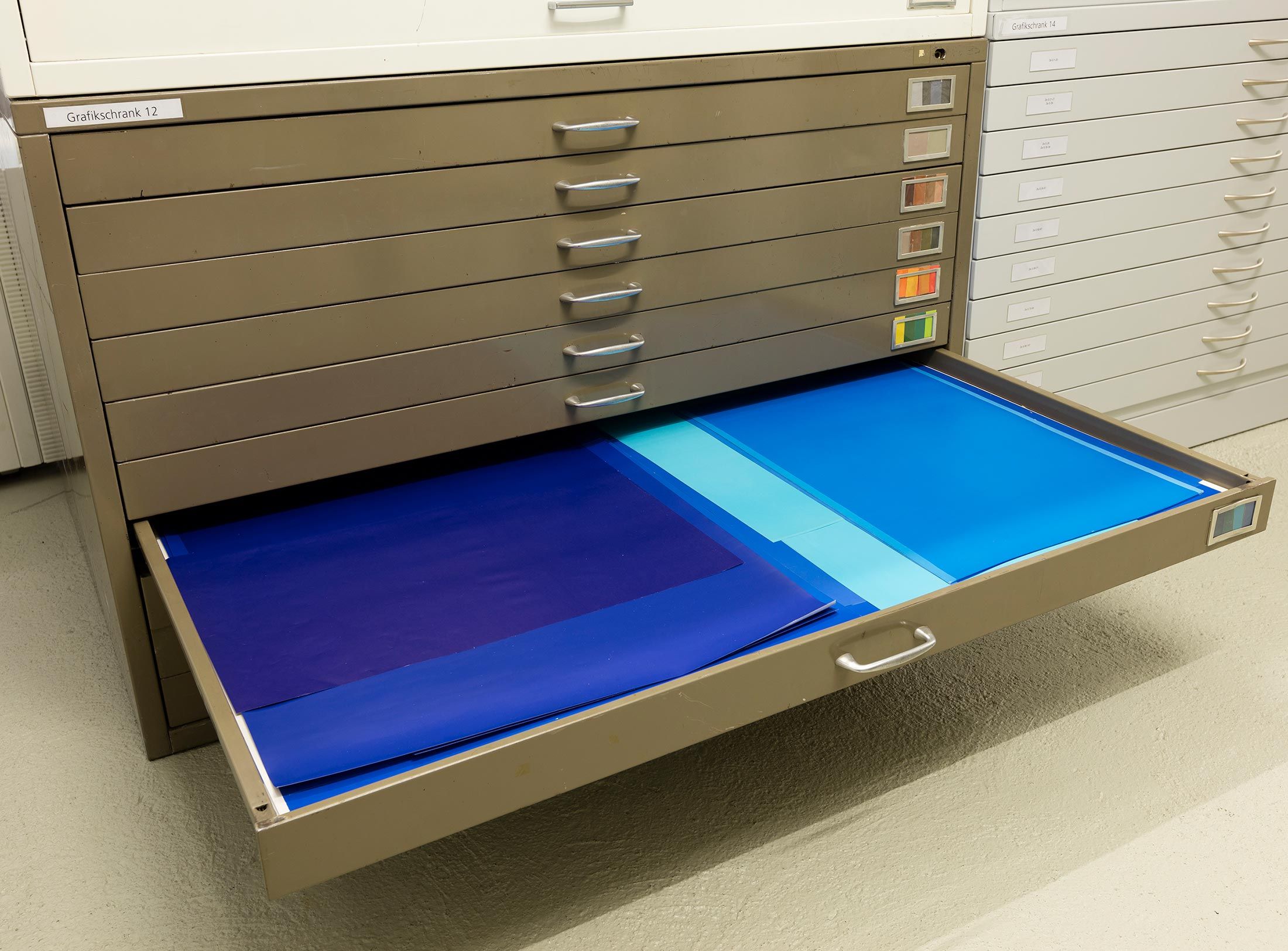
How Otl Aicher’s papers and materials came to the HfG-Archiv/Museum Ulm.

Die Küche zum Kochen (The Kitchen for Cooking) – the genesis of a book that has lost none of its relevance.
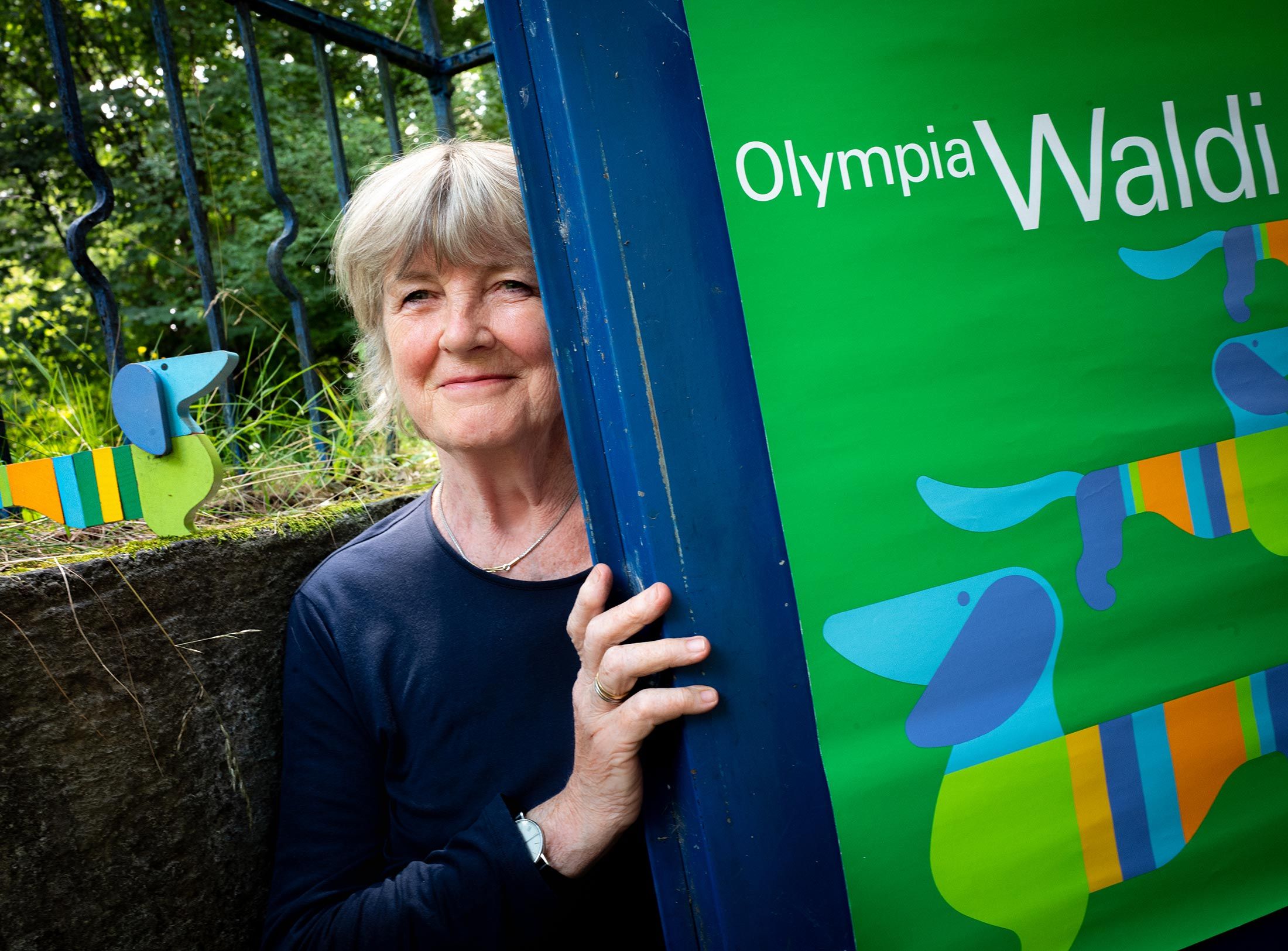
How a dachshund conquered the world: former Aicher staff member Elena Schwaiger on plush animals, fakes and the authentic mascot of the 1972 Olympic Games in Munich.
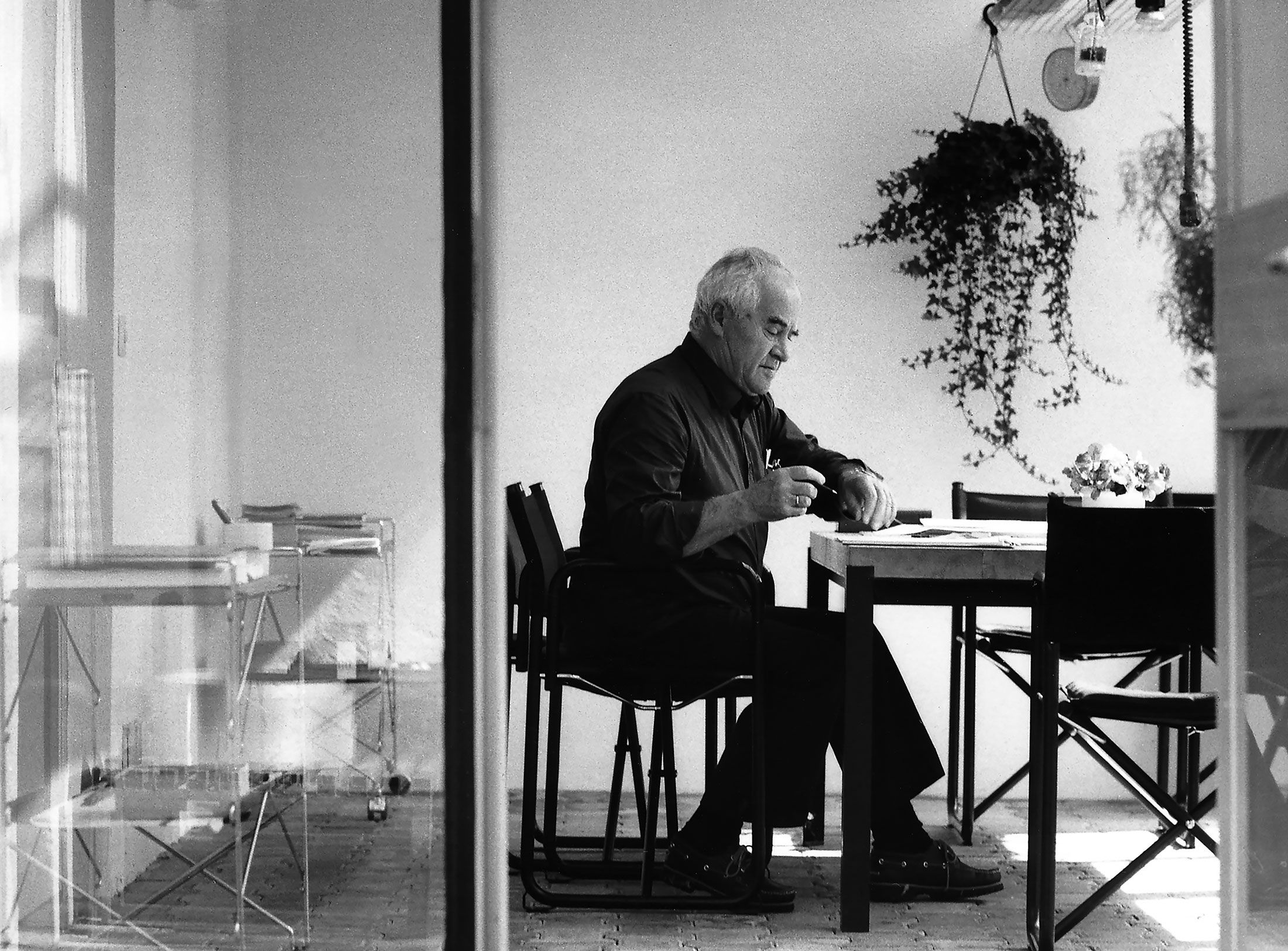
Le Violon d’Ingres or An Attempt to Defend the Writings of Otl Aicher.

Otl Aicher as the architect of Rotis.
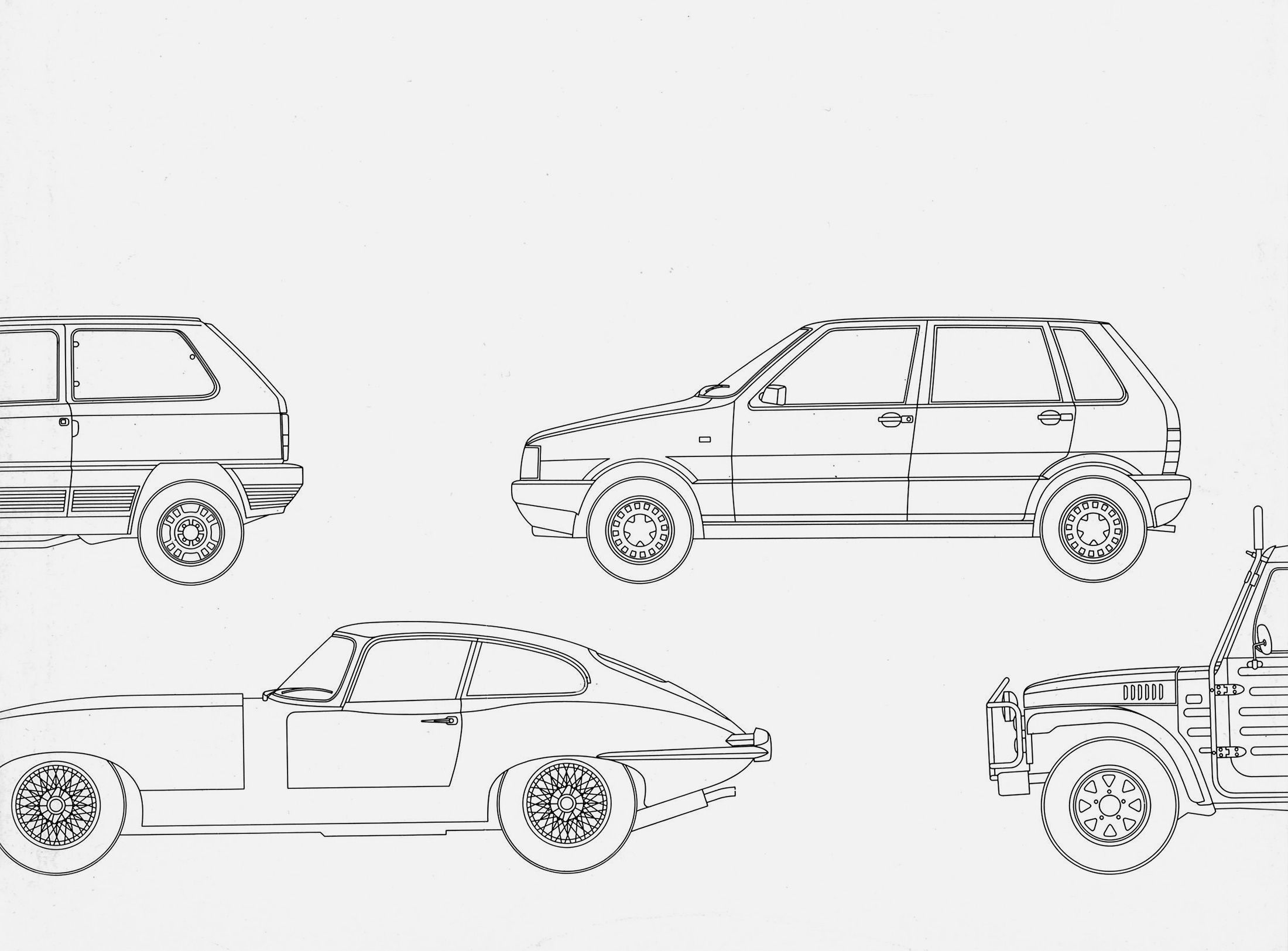
Otl Aicher and his critique of the automobile.
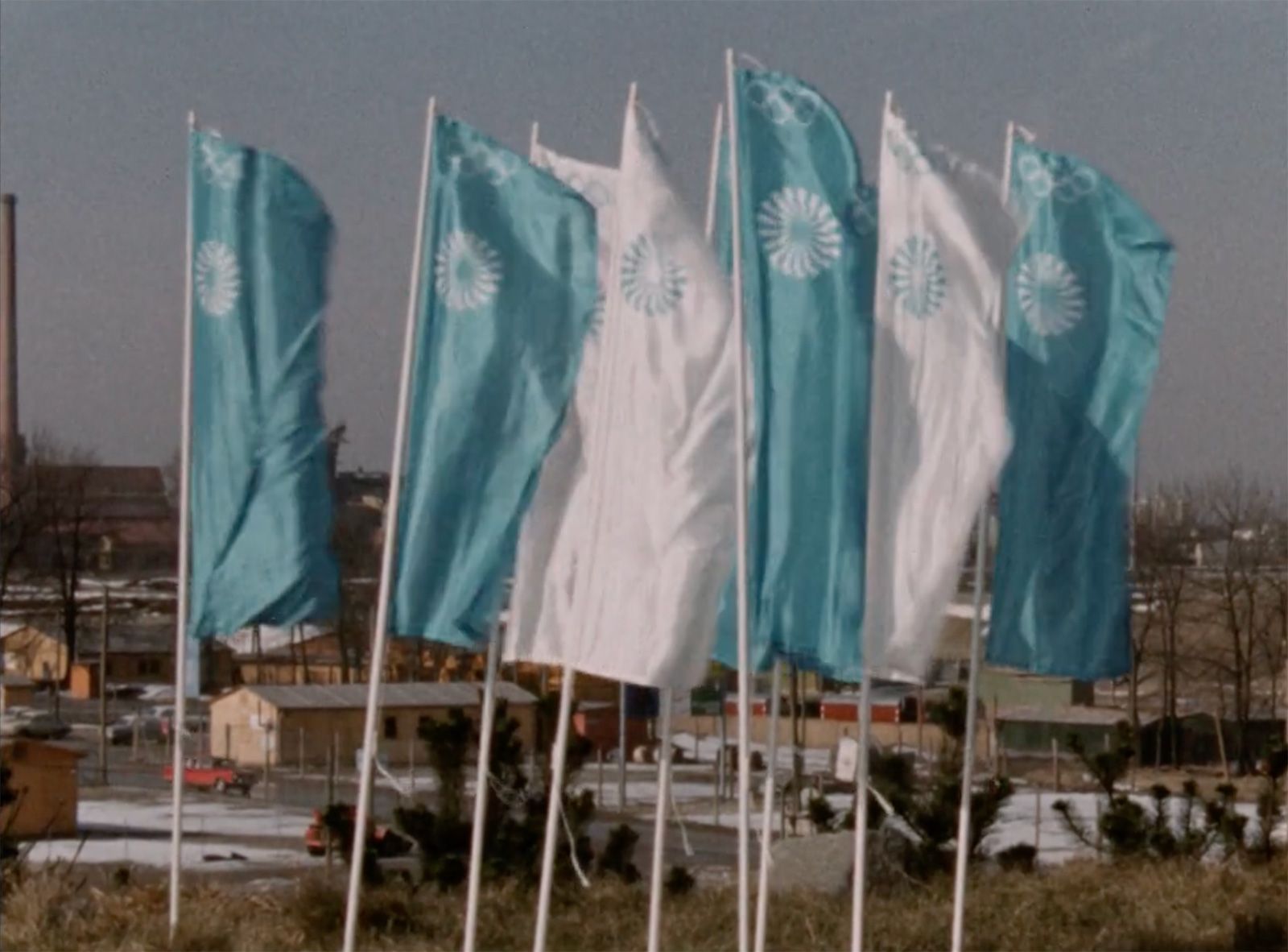
First broadcast: 15.02.1971 on Bayerischer Rundfunk, Munich (Only available in German).
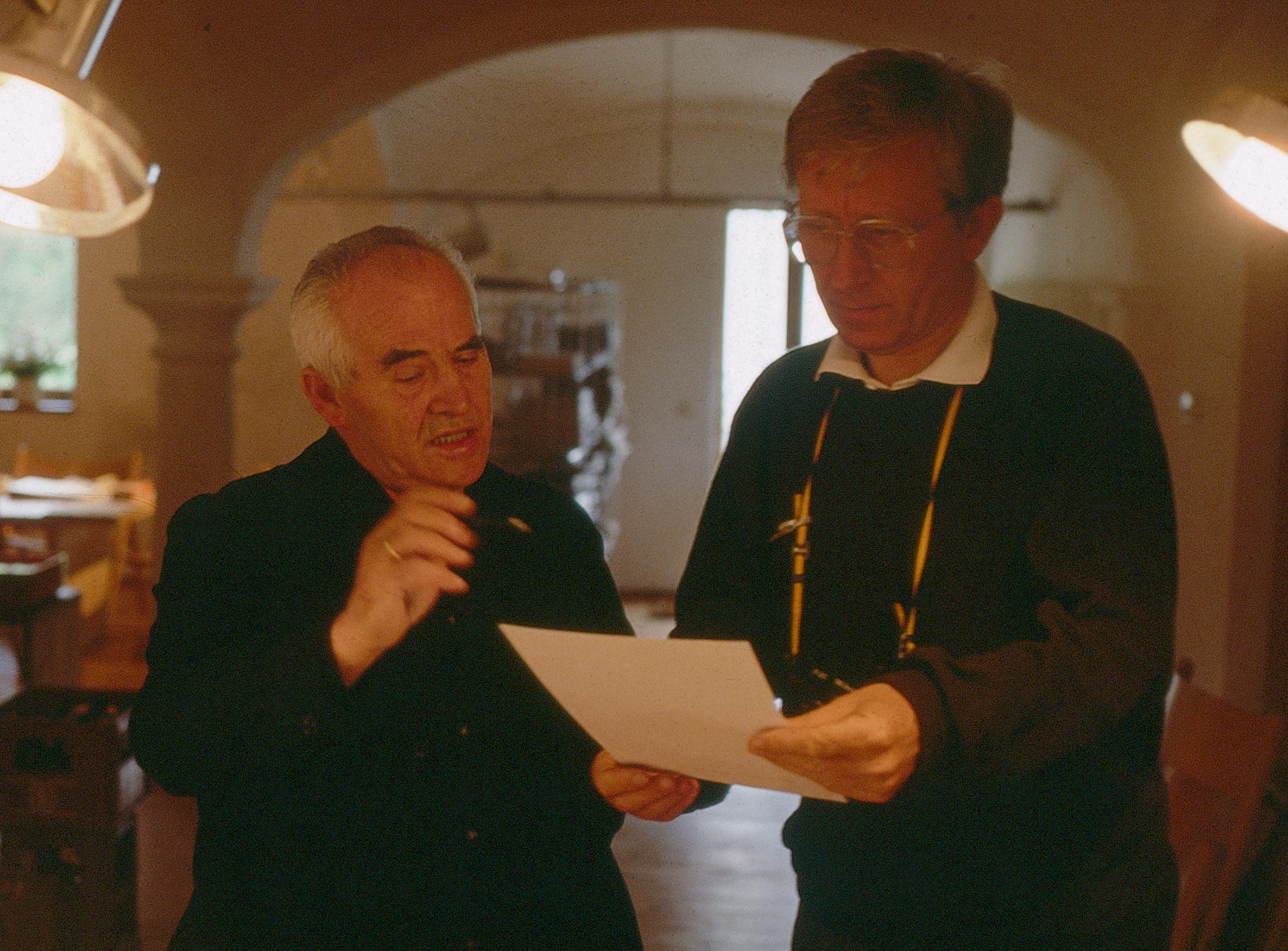
Interviewed: Jürgen Werner Braun on his collaboration with Otl Aicher.
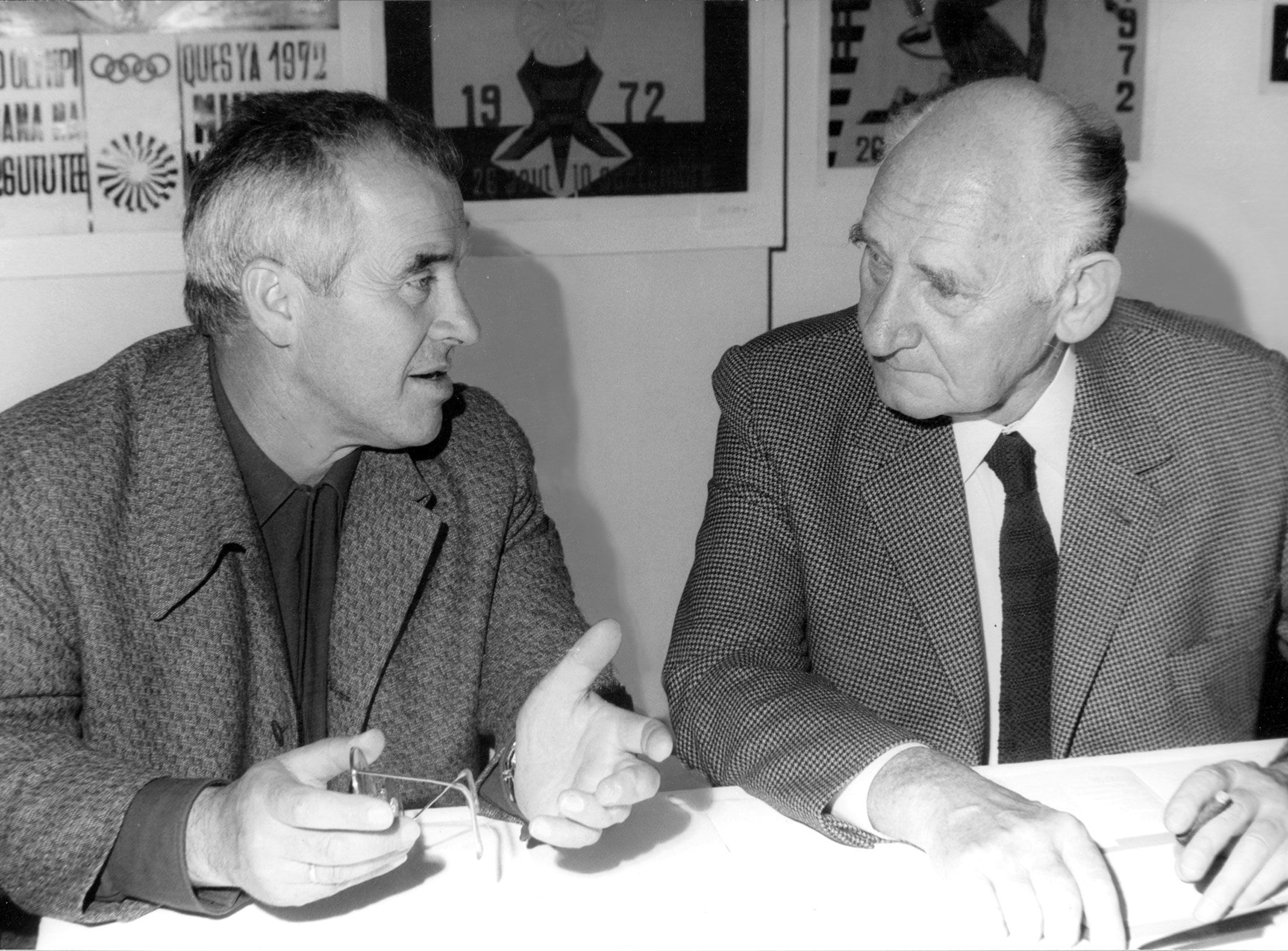
They created the signature of an epoch: designers Otl Aicher, Willy Fleckhaus, Anton Stankowski and Kurt Weidemann.
Even the preface is not stingy with superlatives: this book pays tribute to one of the “most important” and “most influential” designers of the 20th century. In the “long series of his masterpieces”, the appearance of the 1972 Olympic Games stands out “as the largest, most visible and best known”. The word “magnificent volume” is even part of the title of the latest 256-page essay and illustrated work on Otl Aicher. The editors are philosopher Wilhelm Vossenkuhl and architectural historian Winfried Nerdinger, who introduce Aicher as a thinker at the beginning of the book. Aicher as a teacher is portrayed in contributions by René Spitz (“The Doctrine of Moral Design”) and Tobias Hoffmann. Their texts deal with the “unity of art and design” that was often disputed by Aicher. The designers Wolfgang Sattler (Weimar) and Hannes Gump (Munich) write about industrial design and about colour, while Dagmar Rinker presents the work of Development Group 5 of the Ulm School of Design, with which Aicher realised industrial commissions such as the corporate design for Lufthansa, in order to gradually build up his own office on its basis. Designer Jan-Erik Baars, who teaches design management in Lucerne, traces the relationship between “design and administration” in Aicher’s work.
The chapter “Olympia 1972” takes a change of perspective in the generally biographical structure of the volume. Here, the multidisciplinary designer Kilian Stauss describes the work of Department XI (Visual Design) of the Munich Games organising committee, at which his father Eberhard Stauss worked closely with its director Aicher. Kilian Stauss has long been a strong advocate for the preservation of the design heritage on the Olympic site. Using Munich as an example, cultural scientist Simone Egger will discuss “The Built World and the Image of the City”.
Graphic design plays an essential role in the texts by Gillermo Zuaznabar, Linus Rapp and Tino Graß. They pay tribute to Aicher as an architect, photographer, typographer and type designer, before concluding with a new text by architect Norman Foster: “My Friend Otl Aicher”.
“The point today,” reads the volume’s preface, “is that we rediscover, recognise and understand Aicher.” kte
Winfried Nerdinger, Wilhelm Vossenkuhl (eds.):
Otl Aicher – Designer, Typograf, Denker. Magnificent volume with 250 illustrations. Hardcover with dust jacket, ISBN 978-3-7913-7943-2, Prestel Verlag, Munich, 2022
49 euros